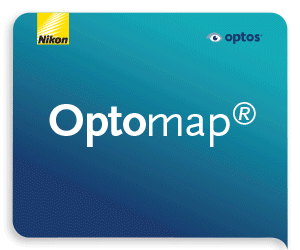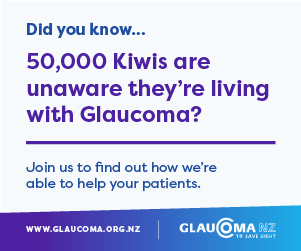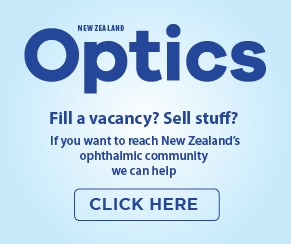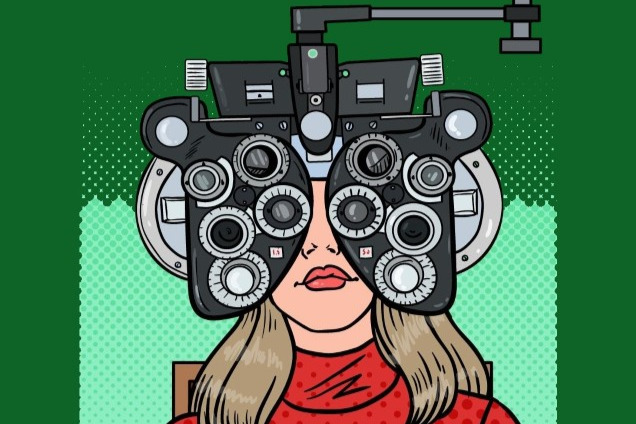Self-preservation masquerading as professional protection – part II
The ODOB has dismissed my previous view – that it was protecting its right-to-be over practitioners’ and the public’s best interest – as "misunderstanding the Board's core remit”. But the mathematics of 96% increased-costs-delivering-zero-improved-outcomes remains unchanged, regardless of who presents it, as I will endeavour to reveal more clearly here, especially with regard to protecting the public which is, we both agree, the ODOB’s core remit.
Context: a regulatory board under scrutiny
As a reminder of my previous column (‘Self-preservation masquerading as professional protection’ in August 2025’s issue) the Optometrists and Dispensing Opticians Board (ODOB) is one of 18 separate health regulatory bodies in New Zealand, funded entirely through fees paid by the practitioners it regulates. When the Government recently consulted on amalgamating these bodies to reduce costs and improve efficiency1, ODOB submitted a response2 vehemently opposing any changes.
The Government's rationale is both economically sound and internationally informed. As the consultation document observes, "there are a lot of things done more than once that could be done jointly, which wastes time and money”. More significantly, officials identified a fundamental structural problem: "The smaller regulators can also struggle to make ends meet. Because each regulator is funded by fees from the profession it regulates, it's unrealistic to expect them to offer the same level of service separately."
My deliberations, backed by the ODOB’s own revenue, expenditure and cost data, supported the Government’s proposed reforms and took issue with the ODOB’s largely oppositional position demanding "thorough evidence-based, cost-benefit analysis" while providing no such analysis for its own deliberations.
Yet, in its response letter, the ODOB reveals a fundamental disconnect between stated purpose and demonstrated performance. Rather than addressing the substantive questions about effectiveness, the ODOB deflected to procedural criticisms while continuing to invoke "patient safety”, "public protection" and "transparency" as shields against scrutiny. Yet its own financial data exposes the uncomfortable truth: massive spending increases have delivered zero improvement in measurable outcomes.
Why the ODOB’s arguments don’t stack up
The ODOB's central defence rests on its important role as guardians of public safety. Yet, as I showed in my original article, its own complaint statistics show no change over the past seven years despite its ever-increasing expenditure (from $701,168 in 2018 to $1,374,502 in 2024, a 96% increase, with personnel costs alone exploding to 154.8%). If patient protection justifies nearly doubling regulatory costs, where is the evidence of enhanced protection?
The ODOB cannot have it both ways. Either its increased spending serves public protection – in which case it must demonstrate measurable improvements – or its claims of transparency are as hollow as its safety justifications.
When challenged on its deteriorating financial performance, the ODOB deflects to process arguments and regulatory frameworks. When pressed on escalating costs, it invokes patient safety. When questioned about effectiveness, it cites compliance statistics that prove nothing about improved outcomes.
This is accountability theatre – the appearance of a reasoned response while systematically avoiding substantive questions.
One of its justifications for increasing costs also rings alarm bells for me. The ODOB claims its successful defence of RANZCO's legal challenge to optometrists wishing to train to perform legally approved laser treatments was "unexpected" – a statement that exposes either alarming naivety or institutional amnesia. Throughout its history, RANZCO has consistently challenged regulatory decisions to diagnostics, therapeutics, glaucoma and now laser treatments. Litigation has accompanied virtually every scope expansion for our profession.
For this Chalkeyes, there are four certainties in life: death, taxes, presbyopia and RANZCO challenges to optometrist scope expansion. Thus any competent regulatory body operating in New Zealand's legal environment should anticipate judicial review, particularly when implementing significant policy changes.
Public needs and scope change priorities
Regarding lasers, I believe the public deserves more transparency about the ODOB's regulatory priorities, as do we as practitioners. What peer-reviewed evidence demonstrated that laser peripheral iridotomy represented a more urgent public health need than intravitreal injections? Where are the published studies showing dangerous laser wait times compared to injection backlogs?
Did the ODOB pursue the wrong priority entirely? Hospitals across the country, particularly Greenlane, desperately seek trained nurse injectors to address massive injection waitlists. Yet these same institutions show no equivalent urgency for laser-trained nurses, suggesting injection access represents the far more pressing public health issue. If ODOB truly prioritised evidence-based public protection, should it not have addressed injection training first?
For a board demanding rigorous evidence from the Government, its own decision-making appears driven by advocacy rather than objective assessment of where regulatory intervention could deliver the greatest public safety and fighting for that.
The economics of institutional preservation
In response to my last column, the ODOB claims the Government has provided insufficient evidence for the benefits of amalgamation while simultaneously acknowledging that Australian optometrists – despite having seven times more practitioners – pay only one-third of New Zealand's fees. Rather than recognising this 205% fee premium as the problem that it is, it claims New Zealand's model offers superior "flexibility" and "profession-led accountability", but does it? Where’s the evidence for the benefits of this costly premium service? Though I did appreciate the sudden pivot from its core remit of protecting the public to benefiting practitioners!
None of us expect a seven-fold reduction in fees, but the ODOB should at least consider ways to reduce Annual Practising Certificate fees and eliminate administrative bloat, should it not?
Employed optometrists are facing increasing economic pressures via alleged corporate wage suppression, increasing practice costs and regulatory fees imposing disproportionate burdens compared to larger professions. The ODOB's own workforce data reveal escalating stress, with 32.2% of optometrists reporting feeling overworked and more than a quarter feeling inadequately rewarded. Notably absent from its comprehensive data collection is any tracking of practitioner mental health outcomes or professional exodus rates driven by regulatory burden. Yet, as I explained in my first column, the ODOB's response to these documented pressures has been to increase its own personnel costs by 154.8% while demanding higher fees from practitioners already under financial strain.
The path forward
Rather than defensive justification of what is, in my opinion, an unsustainable status quo, genuine accountability would require the ODOB to:
- Provide better cost-benefit analyses – demonstrate measurable improvements in patient outcomes that justify 96% increased expenditure.
- Engage in genuine consultation – create forums where the profession can collectively evaluate proposed changes rather than fragmenting input through isolated submissions that none of us see until they are submitted.
Rather than being so defensive, the ODOB should acknowledge legitimate criticism and outline specific remedial actions. True leadership requires more than institutional compliance. Exceptional leaders question existing systems. They demonstrate courage to acknowledge problems and implement solutions… even when change could mean the end of their existence in their current form.
References
- Ministry of Health (2025). Putting Patients First: Modernising Health Workforce Regulation: https://www.health.govt.nz/system/files/2025-03/putting-patients-first-modernising-health-workforce-regulation.pdf
- ODOB (2025). Submission on Modernising Health Workforce Regulation: https://odob.in1touch.org/document/8308/Submission_ODOB_Apr25.pdf
The views expressed by Chalkeyes are theirs alone and not necessarily the views of the NZ Optics’ team or the publisher, Old Butcher Holdings Ltd. If you wish to comment on Chalkeyes’ views, please email a brief letter to the editor info@nzoptics.co.nz for consideration. Letters may be edited for space, style, grammar and clarity.
























